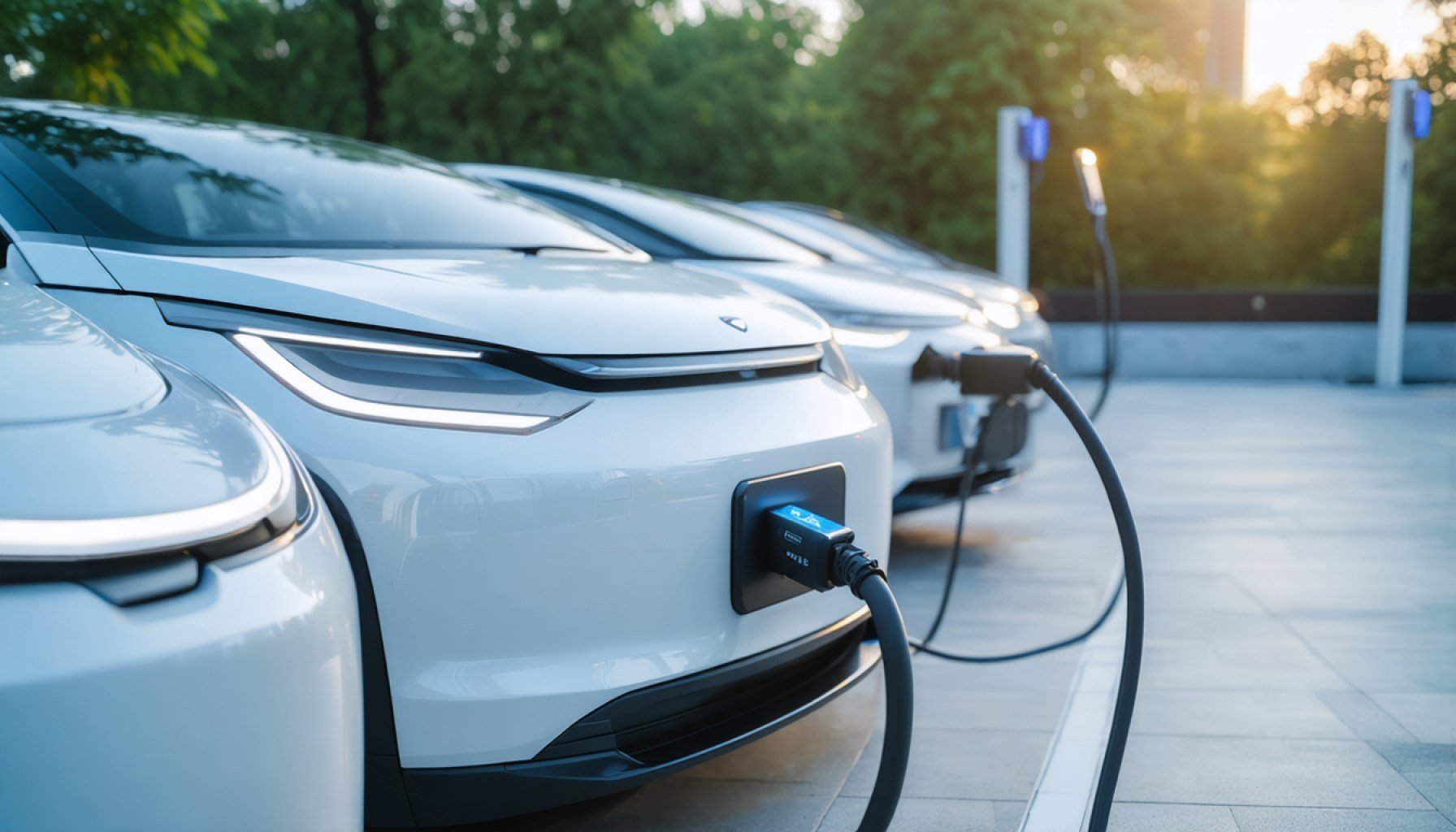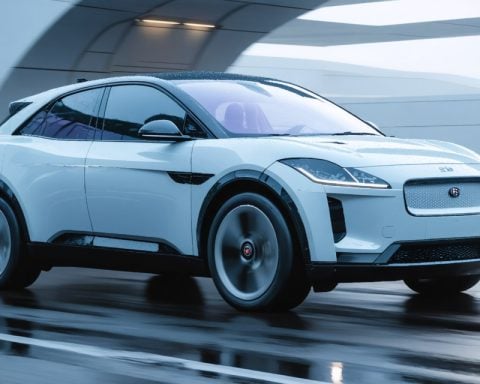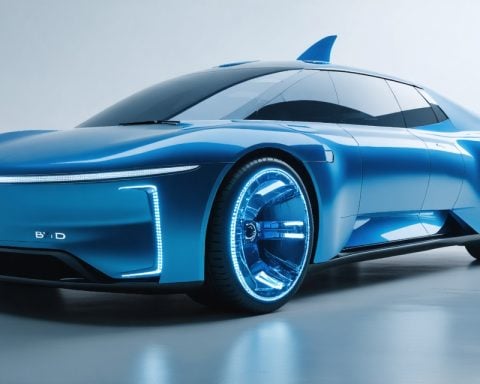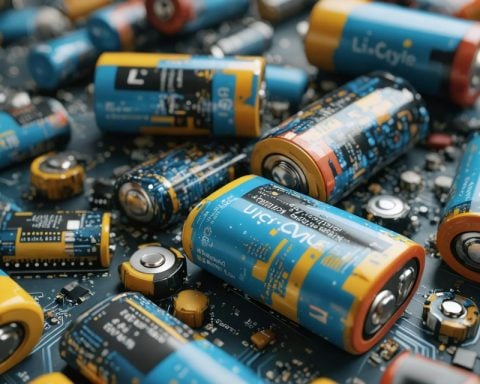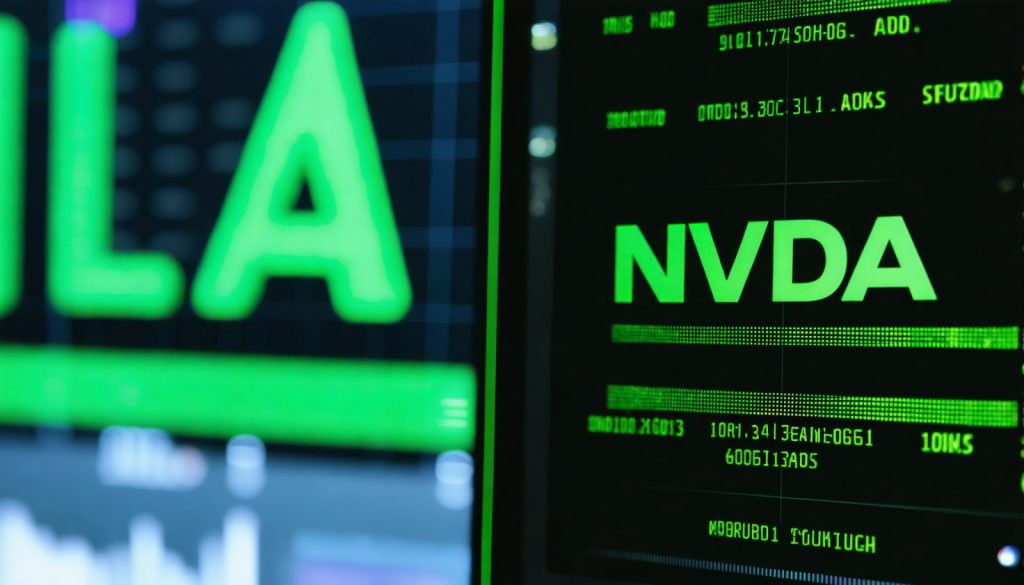- Matel Motion & Energy Solutions and Honda Power Pack Energy India partner to transform India’s EV landscape with swappable battery technology.
- The collaboration eliminates lengthy charging times by enabling drivers to quickly replace depleted batteries with fully charged ones, enhancing convenience and efficiency.
- Honda’s advanced swappable lithium-ion batteries focus on safety, durability, and reliability, leveraging decades of engineering expertise.
- Initial deployment in Bangalore, with plans to expand to Delhi and Mumbai, aims to bolster India’s EV infrastructure.
- Matel will adapt its ePowertrain technology to integrate seamlessly with Honda’s battery system, offering flexibility and scalability for manufacturers.
- The partnership represents a significant step toward sustainable transportation, reducing downtime and costs, and driving forward a new era of EV charging efficiency.
A new dawn emerges over India’s electric vehicle (EV) landscape. In a bold move, Matel Motion & Energy Solutions joins forces with Honda Power Pack Energy India to revolutionize EV recharging. Imagine this: a world where lengthy charging times and limited range become relics of the past. This partnership promises just that by integrating Matel’s cutting-edge ePowertrain technology with Honda’s innovative swappable battery system.
Here’s the game-changer: Instead of tethering EVs to a charging station for hours, drivers can now swap exhausted batteries for fully charged ones in mere minutes. Convenience merges with efficiency, reducing costly downtime and boosting productivity, particularly for commercial users who count every minute.
Honda’s prowess in the automotive realm breathes life into these swappable lithium-ion batteries. Safety, durability, and reliability are at the core, gleaned from decades of engineering excellence. HEID already stands tall in Bangalore, with ambitious plans to extend its influence to Delhi and Mumbai, driving India’s EV infrastructure forward.
Flexibility and scalability: Matel will fine-tune its ePowertrain solutions, ensuring a seamless fit with Honda’s battery technology. This means manufacturers can adopt these advancements with minimal tweaking—a win-win for OEMs eager to diversify their offerings.
This collaboration heralds a leap toward a sustainable future, marrying Matel’s technological prowess with Honda’s visionary battery strategy. Together, they pave the path for efficient, cost-effective, and flexible transportation solutions. As India rides the wave of this electrifying transformation, one thing is clear: the age of compromise with EV charging is ending, thanks to a groundbreaking swap.
Revolutionizing India’s Electric Vehicle Market: What You Need to Know About Battery Swapping
Exploring the Groundbreaking Partnership: Matel and Honda
Matel Motion & Energy Solutions and Honda Power Pack Energy India are revolutionizing India’s electric vehicle (EV) landscape by addressing two of the most pressing challenges: lengthy charging times and limited range. By combining cutting-edge ePowertrain technology with innovative swappable battery systems, this partnership promises to transform the EV industry.
How-To Steps & Life Hacks: Mastering Battery Swapping
1. Locate a Battery Swap Station: Using a compatible app or your vehicle’s dashboard system, look for the nearest battery swap station.
2. Approach the Station: As you arrive, ensure your vehicle is positioned correctly for easy access to the battery compartment.
3. Authentication: Use your RFID card or mobile application to confirm your identity and proceed with the swap.
4. Battery Swapping: The station will automatically replace your depleted battery with a fully charged one, similar to a pit stop.
5. Transaction Completion: Payment will be processed automatically, and you can drive away with a renewed range.
Life Hack: Opt for membership programs offered by Honda Power Pack for lower fees and additional perks such as priority swaps and overnight charging benefits.
Real-World Use Cases
– Urban Fleets: Delivery services and ride-sharing operators benefit greatly since they need minimal downtime.
– Public Transport: Electric buses and taxis with swap-ready batteries can extend services without long waits at charging stations.
– Rural Accessibility: Areas with limited charging infrastructure can rely on battery swap stations without the need for extensive electrical grid updates.
Market Forecasts & Industry Trends
According to Allied Market Research, the global battery swapping market is projected to reach $35.69 billion by 2030, with Asia-Pacific leading due to increasing urbanization and government support for clean energy. India, in particular, is expected to expand rapidly as more OEMs partner to create a seamless swappable infrastructure.
Reviews & Comparisons: Battery Swapping vs. Charging Stations
– Convenience: Swapping requires mere minutes, whereas charging might take hours.
– Cost: Initial infrastructure is higher for swapping, but operational costs are often lower due to shared resources.
– Scalability: Swapping is more adaptable to existing road networks compared to building new charging stations.
Controversies & Limitations
– Standardization: Different EV models require compatibility across varied battery designs.
– Safety: Frequent battery handling necessitates rigorous safety checks.
– Cost: Battery swap tech may initially be costly for smaller manufacturers.
Security & Sustainability Insights
– Security: All transactions are encrypted and monitored by the swap station’s security system to prevent theft and ensure data protection.
– Sustainability: Swappable systems reduce battery degradation by allowing consistent use cycles, leading to longer battery lifespans and less waste.
Actionable Recommendations
– Fleet Owners: Evaluate the feasibility and cost benefits of swapping over traditional charging for your specific use case.
– Potential Investors: Explore investment opportunities in startup ecosystems or partnerships focusing on EV infrastructure, particularly in emerging markets like India.
– Government Policy Makers: Considering incentives for infrastructure development can accelerate adoption.
For more information about Honda and their ongoing endeavors in the mobility sector, visit the Honda Global website.
By engaging with these innovations and supporting infrastructure development, you can help drive India’s sustainable electric future.
